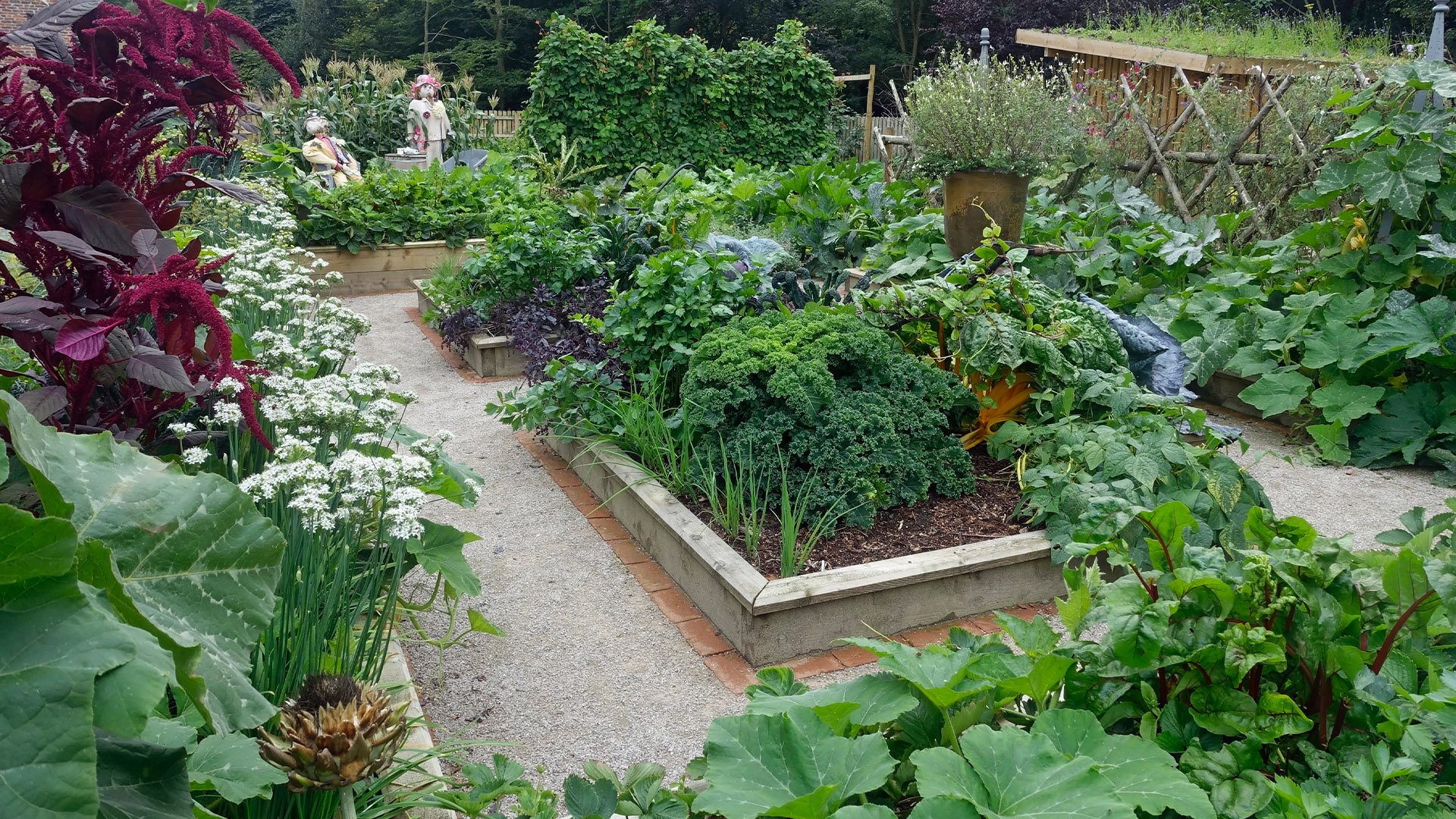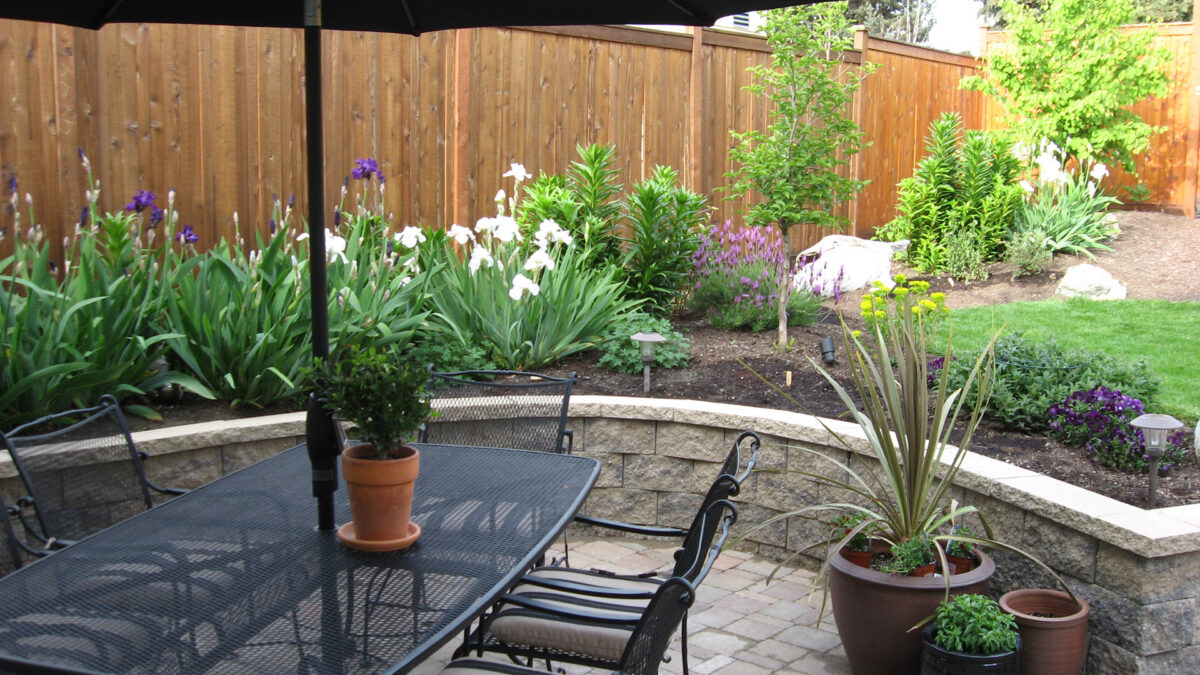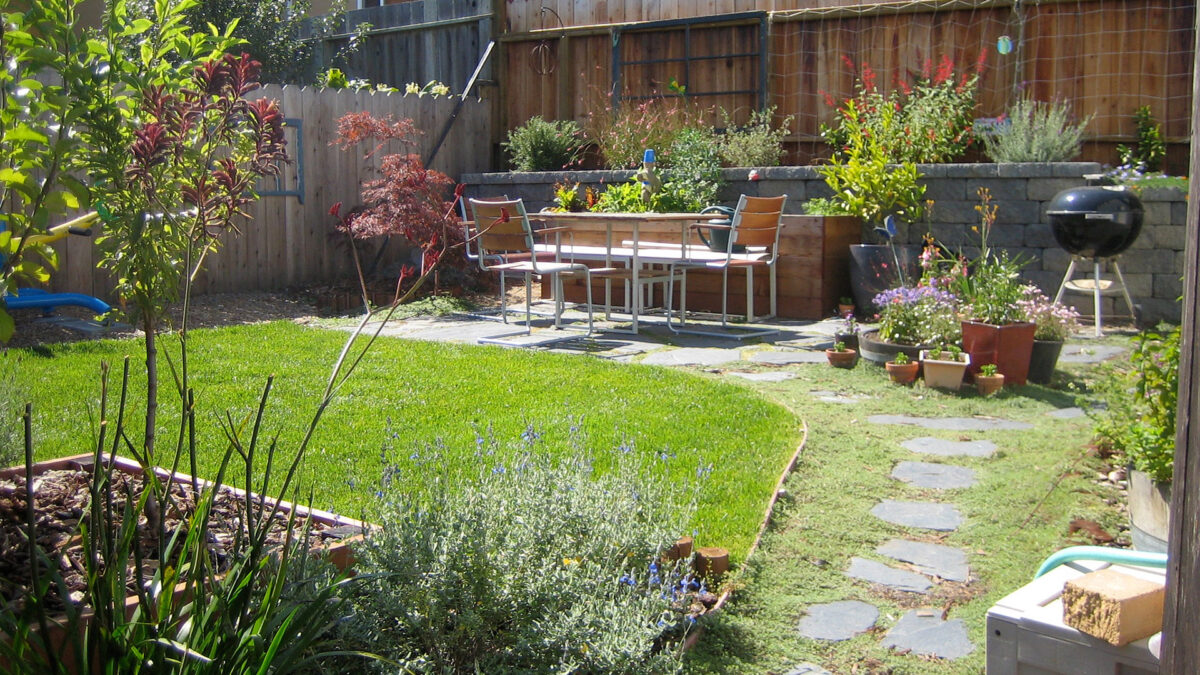Cultivating An Aesthetically Pleasing and Practical Garden Design
With careful planning and a foundation of design principles, you can transform your outdoor space into a visually pleasing and functional garden area.

With careful planning and a foundation of design principles, you can transform your outdoor space into a visually pleasing and functional garden area.

Creating an outdoor space that is both functional and aesthetically pleasing can be an overwhelming task, especially without a clear roadmap to guide you through the process. With careful planning and a foundation of design principles, you can transform your outdoor space into a visually pleasing and functional garden area, perfect for creating cherished memories and reflecting your personal taste.
Good garden design is undeniably pivotal in maximizing the aesthetic value and practicality of an outdoor space. A professionally planned garden maximizes its potential for beauty, productivity, and ease of maintenance. It’s not just about plant choice and positioning; it’s also about how those elements coalesce with the overall design to foster a sense of cohesion and balance.
Furthermore, a well-thought-out garden design can have a profound effect on mood and well-being. The colors, textures, and smells can contribute to a soothing and rejuvenating atmosphere, providing a pleasant space for relaxation and reflection.
Before you start digging and planting, take some time to consider what you want to achieve with your garden. Are you looking for a peaceful retreat, a play area for kids, a vegetable garden, or a combination of these? By defining your garden’s purpose, you can tailor the design to meet your specific needs and preferences.

Selecting the right plants for your garden is essential for creating a visually appealing and practical garden. Your choice of plants, irrigation system, and garden features should align with your region’s climate. When choosing, consider factors such as plant durability, maintenance levels, temperature, rainfall, humidity, and the length of growing seasons. Native plants are also an excellent choice, as they require less water and maintenance. Acquiring healthy plants and quality seeds from trusted nurseries and reputable sources guarantees you get the best start on your project.

Divide your garden into functional zones. For instance, designate an area for dining, a corner for meditation, and a patch for flowers, herbs or vegetables. These zones not only help organize your space but also make it more visually interesting. Each zone can have its unique design and purpose.
Hardscape elements like pathways, patios, and structures should complement the softscape, which includes plants and greenery. Use hardscape materials, such as natural stone or wood, that harmonize with the garden’s overall aesthetic. Hardscape elements can provide structure and define different garden zones, making the space more functional.
The scale and proportion of elements in your garden should be in harmony. Large trees can provide shade and create focal points, while smaller plants and decorative features can add texture and detail. Ensure that everything fits cohesively within the space, preventing any one element from overwhelming the others.
Aesthetics are a fundamental aspect of any garden. They are what make a garden visually pleasing and inviting. To create a garden that is not only practical but also visually appealing, consider the following design principles:

Color, texture, and form are vital elements for an aesthetically pleasing garden. They help create depth, interest, and continuity. A well-thought-out color palette can set the mood of your garden and create a cohesive look. Consider the colors of your plant choices, flowers, and any garden decor. Harmonious color schemes can evoke tranquility, while vibrant ones can create energy and excitement.
Texture adds depth and interest to your garden. Mixing plants with different textures, such as smooth leaves next to rough bark or delicate flowers beside bold foliage, can create a dynamic and visually pleasing landscape.
Form relates to the shape of plants and how they occupy space. Selecting and placing plants with different forms can emphasize certain areas and direct viewers’ sightlines through the garden. Additionally, considering plant sizes and heights is crucial to achieving a well-balanced garden. Taller plants at the back and shorter ones in the front can help create a visually appealing arrangement.
The pattern and structure in garden design can often be misunderstood concepts. However, they play a critical role in the overall perception of your garden. By patterns, we refer to the repetitive use of certain elements like plants, rocks, or pathways to establish identity. The structure, on the other hand, is all about the general organization of these elements.
The garden structure can significantly impact functionality and circulation. A well-structured garden should guide the viewer and facilitate movement. Generally, a combination of straight and winding paths tends to be visually pleasing and practical.
The hardscaping elements in your garden, such as paths, patios, and garden structures, play a crucial role in the overall design. Choose materials and designs that align with your garden’s style and purpose.

Focal points are vital for creating interest and directing attention within your garden layout. They can be anything from an ornamental tree, an architectural piece, a water feature, or a colorful flower bed.
It’s key to remember that focal points should naturally guide the eye in a certain direction, creating a ‘visual flow’. This flow can be manipulated to direct a viewer around your garden, drawing attention to specific features, or subtly divide the area into different zones. The placement of these focal points should feel natural and shouldn’t necessarily follow a rigid pattern so as not to interfere with the organic feel of the garden. Ultimately, creating a pleasing garden layout requires a delicate balance of creative vision and practical considerations.
Functionality is the backbone of a practical garden. It ensures that your outdoor space serves a purpose beyond mere visual appeal.

Think about how you want to use your garden. Do you need a space for outdoor dining, entertaining, or relaxing? Incorporate elements like a patio, deck, or outdoor furniture to make your garden a functional extension of your living space.
Accessories and decor enhance the beauty of the garden. A well-placed garden statue or a vintage birdhouse can transform the aesthetics of your garden. Garden accessories should complement your plant selections and the overall garden style. These additions should not only be beautiful but also functional. For instance, benches provide sitting areas while bird baths attract wildlife to your garden. When placing these accessories, consider visibility from different points of the garden and from the house. Also, keep in mind the accessibility and functionality of the space, ensuring that these accessories and decor don’t block pathways and hinder the ease of maintenance and harvesting.
Your garden should be accessible and easy to navigate. Ensure that pathways are wide enough and smooth for comfortable walking. If you have steps or slopes, consider adding handrails for safety.

A practical garden needs storage space for tools, equipment, and outdoor furniture during inclement weather. Consider building a shed or using attractive outdoor storage solutions that blend seamlessly with your garden’s design.
Water features not only add visual interest but also serve practical purposes. A pond or a fountain can help cool the garden during hot summer days and provide a soothing ambiance. Additionally, they can attract wildlife, such as birds and butterflies.

Growing your own food is not only practical but also environmentally friendly. Consider adding raised beds or containers for vegetables, herbs, and fruit trees. Edible gardens can be both functional and aesthetically pleasing.
Extend the usability and beauty of your garden into the evening with proper lighting. There are various lighting options, from path lights to uplighting, that can create a magical ambiance. Adequate garden lighting not only enhances aesthetics but also provides safety and functionality for nighttime gatherings.
With the principles of aesthetics and functionality in mind, here are some practical tips to help you design a beautiful and practical garden:
Before you start planting or building, create a detailed plan or sketch of your garden. This plan should include the layout of garden zones, the placement of plants, and any hardscape elements. Planning will save you time, money, and effort in the long run.
Designing a budget for your garden is just as crucial as the design itself. Here are some valuable tips to help you budget wisely for your garden.

A beautifully designed garden would mean nothing without a dedicated effort towards maintenance. Here are some useful tips to help you sustain the beauty and elegance of your garden.
Cultivating an aesthetically pleasing and practical garden is a rewarding endeavor that requires thoughtful planning and design. By carefully balancing aesthetics and functionality, you can create an outdoor space that is both visually stunning and purposeful.
The world of garden design is broad and diverse, offering an infinite variety of possibilities for creating unique and personalized garden spaces. While the process may seem overwhelming at first, remember that the most successful gardens are grown, not overnight, but over time. It can be an enjoyable process of experimentation, discovery, and refinement.
Happy gardening!